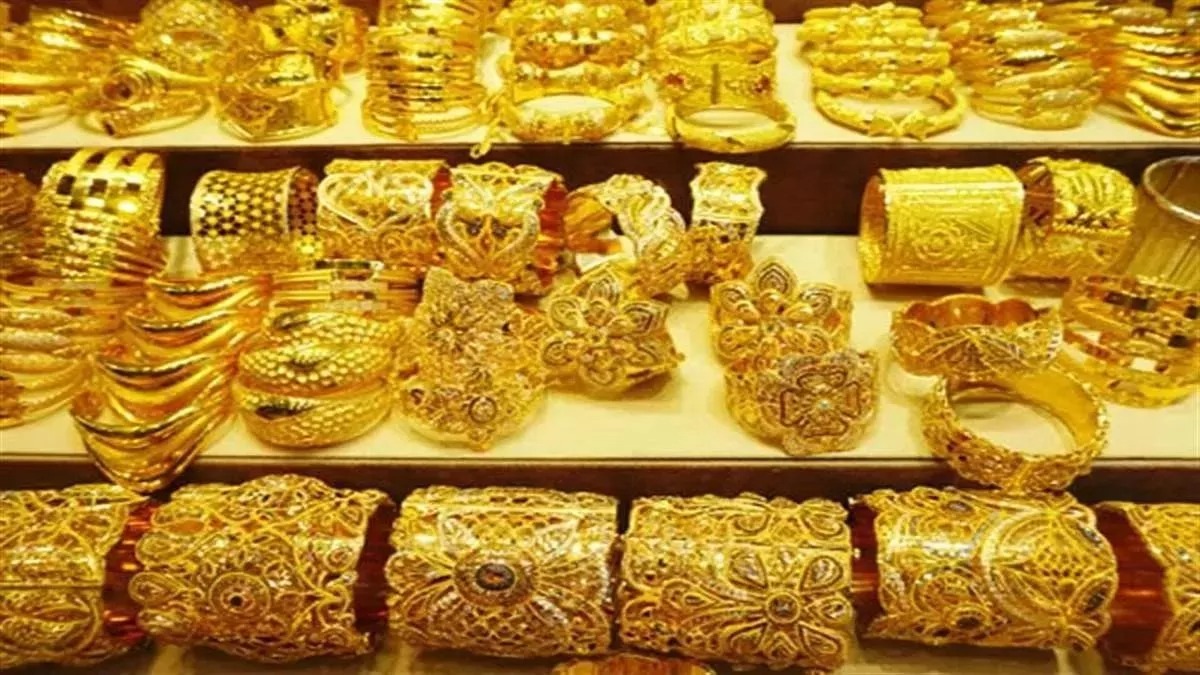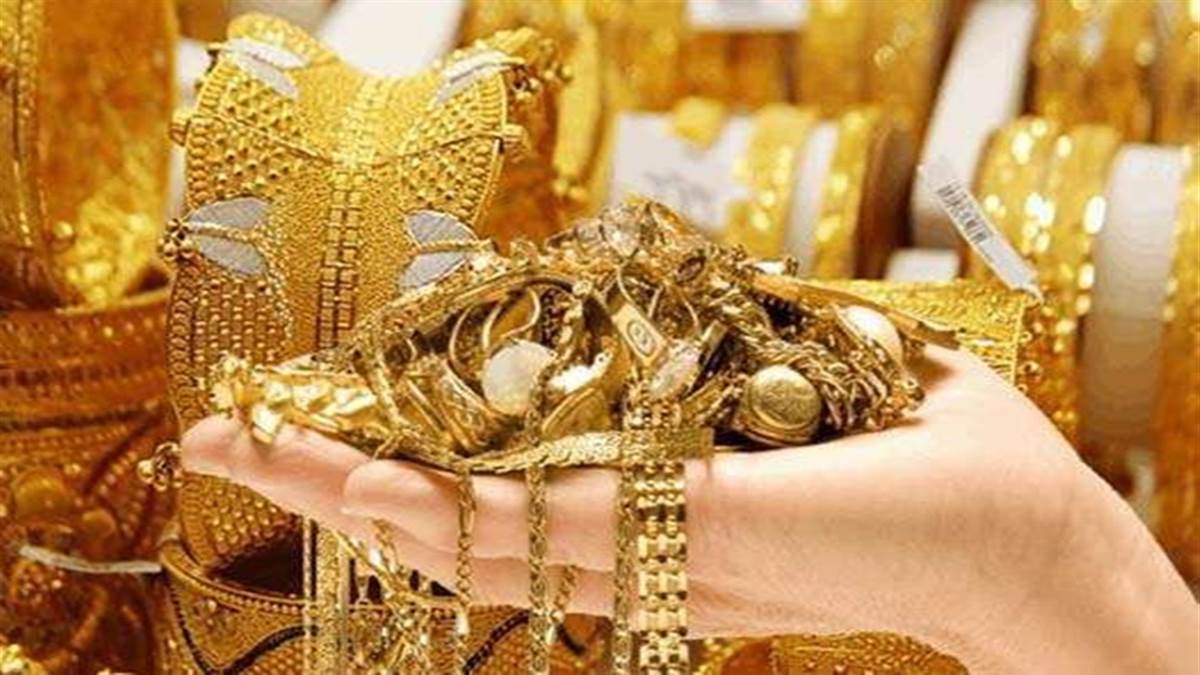
Dhirendra Kumar. After a long time, the old story of gold as an investment has taken an interesting turn. A year ago I wrote, 'In early 2022, the US and its allies decided to seize the assets of the Russian Central Bank deposited in Western banks. Whatever impact this had on Russia is not my topic today. Nevertheless, it made everyone in the world realize that it was now risky to keep national reserves in the form of dollars in banks controlled by Western governments. Since then, practically every central bank in the world has started converting the assets held in their national reserves from dollars to gold. Of course, this change cannot be very fast as it will destroy the value of what you have held, but the direction of this current trend is clearly visible.
Well, it has been more than two years since the war began and the Americans have started imposing anti-Russian sanctions and freezing Russian assets. You can draw your own conclusions about the impact of these actions and that is not my topic today. However, those who invest in gold have reason to thank both Russia and the US. Since February 2022, when the war began, gold prices have risen by 45 per cent in rupees and about 40 per cent in US dollars.
Central banks are buying gold on a regular basis, and what they are doing can go on for a long time. Their actions are completely understandable. They want a store of value that the US government cannot suddenly destroy. Even if gold falls 20 percent, it will still be better than the zero to which Russian money in Western banks has come.

So what does this mean for you and me, for our own investments? Should I—who have always been skeptical of gold—change my tune? I have always believed that gold is an archaic relic. A non-productive asset that sits idle. Whereas stocks and bonds generate income.
Could it be that the geopolitical landscape has changed dramatically and with it the whole math of asset protection?
It is possible that the rise in gold prices is not just a temporary spike, but a reflection of a fundamental change in the way the world manages government reserves, which could have far-reaching effects on us as individuals. Is it time to re-evaluate our strategies and consider whether prudent allocation of gold can cushion the impact of these unpredictable global events?
.jpg)
To paraphrase an old joke, the answer to these questions is: yes, but maybe. Beyond being a commodity, gold has two distinct personalities in its financial role: as an investment that is expected to appreciate, and as a currency. While gold has served as a global, supranational currency for thousands of years, this role declined during the twentieth century and was replaced by the US dollar. The geopolitical changes that have now begun may cause a reversal of sorts.
As for what one should do about it, there is no clear-cut argument anymore that gold is worthless as an investment. Diversifying your portfolio by including gold as part of your investments can provide protection against future financial turmoil.
Given current trends, it may be wise to keep a small portion of your investments in gold, balancing it with other assets to mitigate risk and capitalise on its potential as a store of value. The changing global environment has redefined the relevance of gold, making it a topic of concern for modern investors seeking stability in an uncertain world.
--Advertisement--

 Priya
Priya Share
Share



